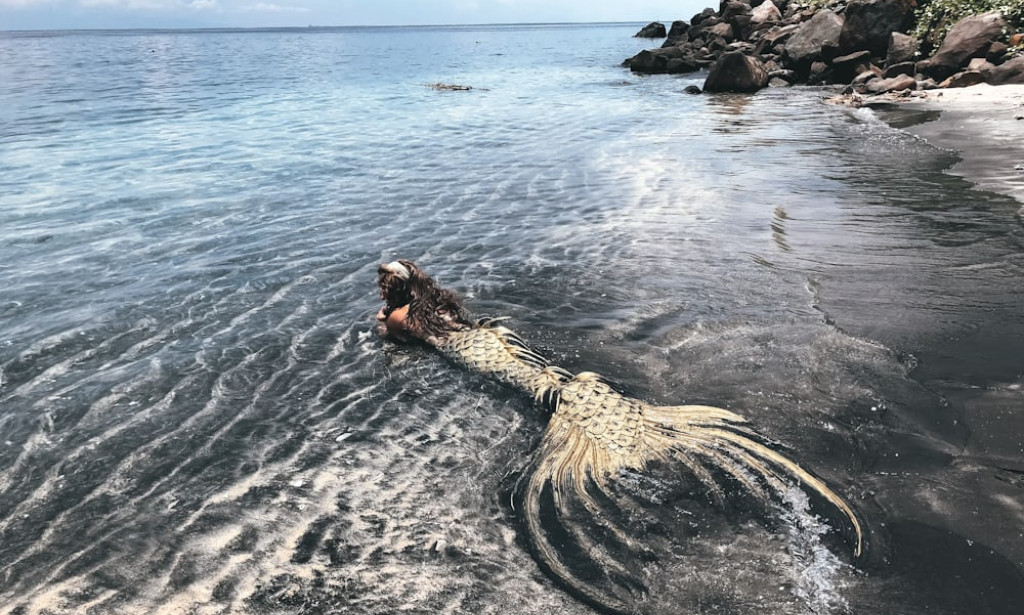Deep beneath the shimmering surface of the ocean, there exists a captivating mystery that has tantalized human imagination for centuries: mermaids. These mythical creatures, with the upper body of a human and the lower body of a fish, have been a fixture in folklore, art, and literature across cultures worldwide. But amidst the tales of sailors spotting these enchanting beings, the question remains: are mermaids real, or are they merely products of our collective imagination?
The origins of the mermaid myth can be traced back to ancient civilizations such as the Mesopotamians, Greeks, and Romans, each with their own version of aquatic beings. In Greek mythology, sirens were often depicted as half-bird, half-woman creatures whose enchanting songs lured sailors to their doom. Similarly, the Babylonians worshiped a fish-tailed goddess named Atargatis, believed to protect fertility and the sea.
Throughout history, there have been numerous purported sightings of mermaids, particularly among sailors who spent long stretches at sea. One of the most famous accounts dates back to 1493 when explorer Christopher Columbus claimed to have seen mermaids off the coast of Haiti. However, it's speculated that what he actually saw were manatees, large aquatic mammals known for their human-like appearance when spotted from a distance.
From a scientific standpoint, the existence of mermaids is widely regarded as implausible. Marine biologists point out that the anatomical structure required for a half-human, half-fish creature to exist is simply not feasible based on our understanding of biology. Additionally, the depths of the ocean, where mermaids are said to dwell, remain largely unexplored, making it unlikely that such creatures could have eluded detection.
But,despite the lack of empirical evidence, mermaids continue to hold a significant place in popular culture. From Hans Christian Andersen's beloved fairy tale "The Little Mermaid" to Disney's animated adaptation, mermaids have captivated audiences of all ages with their allure and mystery. They serve as symbols of beauty, freedom, and the untamed power of the sea.
In recent years, the fascination with mermaids has sparked a resurgence in mermaid-themed events, merchandise, and even lifestyle choices. "Mermaiding," the practice of swimming with a mermaid tail, has gained popularity as a recreational activity, with enthusiasts donning elaborate costumes to emulate these mythical beings.
While the existence of mermaids remains confined to the realm of myth and legend, their enduring appeal continues to fascinate and inspire wonder. Whether they are viewed as whimsical creatures of fantasy or as symbols of our deep connection to the sea, mermaids remind us of the boundless mysteries that lie beneath the waves, waiting to be explored and imagined. As we continue to navigate the waters of our collective imagination, the enigma of the mermaid will undoubtedly endure, perpetuating its mystique for generations to come.

You must be logged in to post a comment.